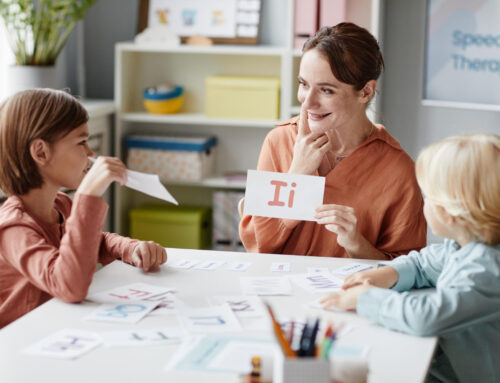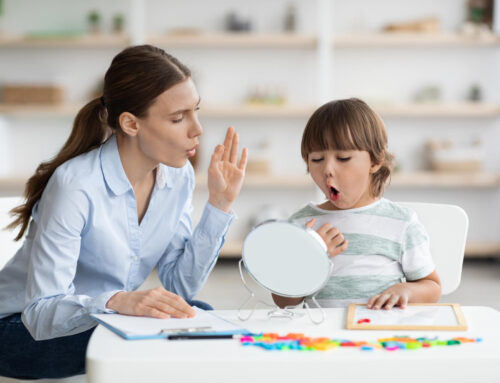
- When it comes to this article, we define “literacy” as simply having the ability to read and write. Many young children are able to grasp on to literacy skills as early as kindergarten, sometimes earlier in exceptional cases. Has anyone ever sat back and really examined what it takes to effectively read and write? There is actually more in the works than brain activity and eyes scanning the pages:
Vision: This is about having the optical parts of the eyeball available to a person to actually see what is on the page. The eyes capture the light and colors that make up the paper, the letters, the writing utensil, and so on. Children who experience visual disturbances such as blindness or near-sightedness require the use of corrective lenses or alternative reading aids (i.e. Braille) in order to learn and to maintain literacy skills.
Perception: Perception is actually not the same as vision; instead, it is the next step. Our eyes may see one thing, but our brain processes can make us see something entirely different depending on the person. This is where dyslexia comes up because there is nothing structurally wrong in the eyes. However, their brain for some reason flips around letter and numbers on the pages making it very difficult to read.
Posture: The spine is directly connected with vision because it holds the head steady in order for a person to scan reading material and to write text. Disorders that impact spinal alignment include muscular dystrophy, cerebral palsy, some forms of traumatic brain injury, childhood post-stroke conditions, spinal cord injury, etc.
Fine motor/gross motor: Purposeful movements of the hands and the arms are heavily involved in literacy, performing such movements as flipping pages, scanning words with a finger, flipping pages, and typing. Those muscle movements are in direct communication with the brain, feeding the child information that helps them learn literacy rather than just the physical movements involved. Hand injuries, cerebral palsy, hemiplegia, and other forms of paralysis pose some challenges for children attempting to learn.
Sensory dysfunction: This includes impairments of any of the sensory systems involved in literacy skills development: visual, tactile, auditory, vestibular, and proprioceptive systems Your 8 Senses. Underlying sensory processing issues can impact a child’s ability in holding themselves upright, grasping a pencil, hearing a teacher’s oration, and so on.
Cognition: The brain is probably the most complex body part involved in reading and writing development. In a way, it a collective box that is constantly taking in information and releasing information to other body processes (i.e. the eyes as discussed in the above paragraph about perception). Various areas of the brain are on fire: processing, expressing, and comprehending reading and writing material. The brain is also assisting with attention requirements and pulling out long-term memory information (i.e. learned numerical systems and the alphabet). Some conditions disrupt those processes including attention deficit hyperactivity disorder (ADHD), Down syndrome, autism, fetal alcohol syndrome, etc.
Pediatric occupational therapy is one of those disciplines that offers a holistic approach in evaluation as well as treatment. Highly skilled OTs can see the bigger picture in literacy skills development, what it takes to learn those skills, and what barriers can surface in the event of injury, disease, or disorder. As far as intervention goes for literacy, OTs can introduce any of the following approaches depending on what your child needs (to name a few):
- Reading/writing aids or devices: For some children, effective reading or writing may just need some adaption with the use of tangible supports. Examples include textured writing paper, widened pencil aids, custom chairs, angled writing boards, etc.
- Sensory integration techniques: For children who struggle with reading and writing due to potential sensory processing disorders, there is help available. Consult with therapists who are specifically trained or certified in sensory integration techniques. Such therapists will provide comprehensive evaluations and heavily detailed interventions for your child.
- Fine motor activities: Some children who struggle with literacy development may have unaddressed challenges in fine motor development. If this is so, OTs may introduce fine motor activities and practice sessions outside of literacy in order to fine-tune those movements.
- Cognitive training exercises: This includes any intervention that addresses those cognitive processes mentioned earlier: attention, processing, expression, memory, etc.
- Postural alignment techniques: OTs can use hands-on intervention methods with children in order to facilitate the child’s ability to hold themselves in an upright position for reading and writing. Techniques may include activities that strengthen and elongate muscle tissue, improve communication between the brain and muscle groups, etc.





